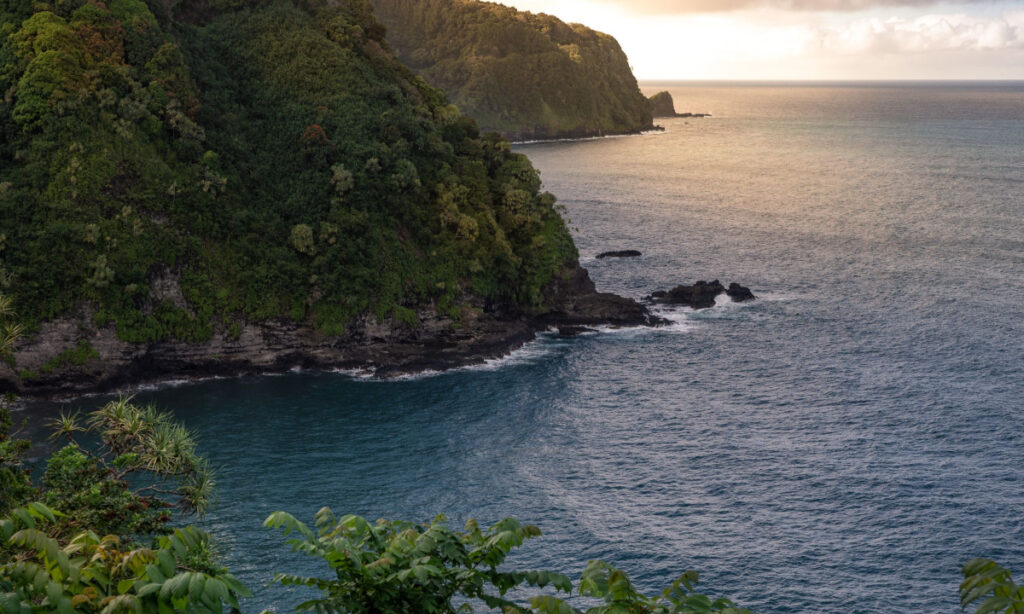 Maui Geography
Maui Geography
Maui is the second youngest as well as the second-largest island of Hawaii with 727.2 square miles. Like all the other islands in Hawaii, Maui is the island the result of volcanic activities. And more specifically West Maui Mountain and Haleakala. These two volcanoes were situated too close to each other; thus, causing their lava streams during eruption to fuse together and harden, forming the Maui island. Based on the ancient Hawaiian legend, Hawaiʻiloa named the island after his son, who in turn was named after the demigod Maui. Yes, you heard it right; it was the same demigod from the movie Moana.
While West Maui Mountains are already considered an extinct volcano, Haleakala is still active and is expected to erupt within the next 200 years. With unique and varied landscapes and climates, it is no wonder many nature lovers fell in love with Maui. Tourism is the primary industry of the island. However, its agricultural, and business sectors are also booming.

The Best Time To Visit Maui
Visiting Maui should be on top of your checklist. Being voted 16 times (yes! You heard it right!) by Conde Nast Traveler Magazine as the “Best Island in the World.” If you are planning to visit Maui soon, then you must know that the island is characterized by two seasons: dry and rainy.
Peak season or the busiest times in Maui is usually from mid-December through March or mid-April especially in the last two weeks of December. So if you are planning to visit Maui during these periods, then you might like to make your reservations ahead of time. Expect the five-star hotels and beaches to be fully booked, crowded and livelier.
Offseason starts by mid-April down to mid-December or the spring and fall seasons in some parts of the world. The accommodation rates during these times are more affordable, and the beaches are less crowded. So if you want to save money and enjoy more personal time on the island, then it is the best time to schedule your visit.
The Best Places To Visit in Maui
Maui Island has a total of 80 beaches with white, red, and black sands to choose from. These 80 accessible beaches would already satisfy the beach-bum side of you. But wait, there is so much more to do and so many more places to visit in Maui aside from its beautiful beaches. You can start with Maui’s most famous and world’s most significant dormant volcano, the Haleakala National Park. This 10,023-foot mountain will make you feel like you’re the king and queen of the world; overlooking the incredible views of your kingdom.
If you are fond of pilgrimages and excursions, then you will surely love the Iao Valley State Monument located in the west of Wailuku. In olden times, Hawaiians would visit the place to honor their gods. Up til now, Maui locals kept the area well maintained and remained famous to hold excursions.
The list of must-visit places in Maui could go on and on depending on your preferences. Whether you love to lounge at the beach or reconnect with nature, Maui can offer them all to you.
Thank you for reading about Maui Geography!